The Super Blue Moon recently presented itself to the Dark Skies Reserve of Idaho (August 2023). The event was nothing short of spectacular.
The Super Blue Moon is a rare occurrence on earth. A Super Blue Moon event is such when the moon is closest to earth, the moon is Full and it is the 2nd Full Moon in the same calendar month. The next Super Blue will occur in 2037 (according to Space.com [here]).
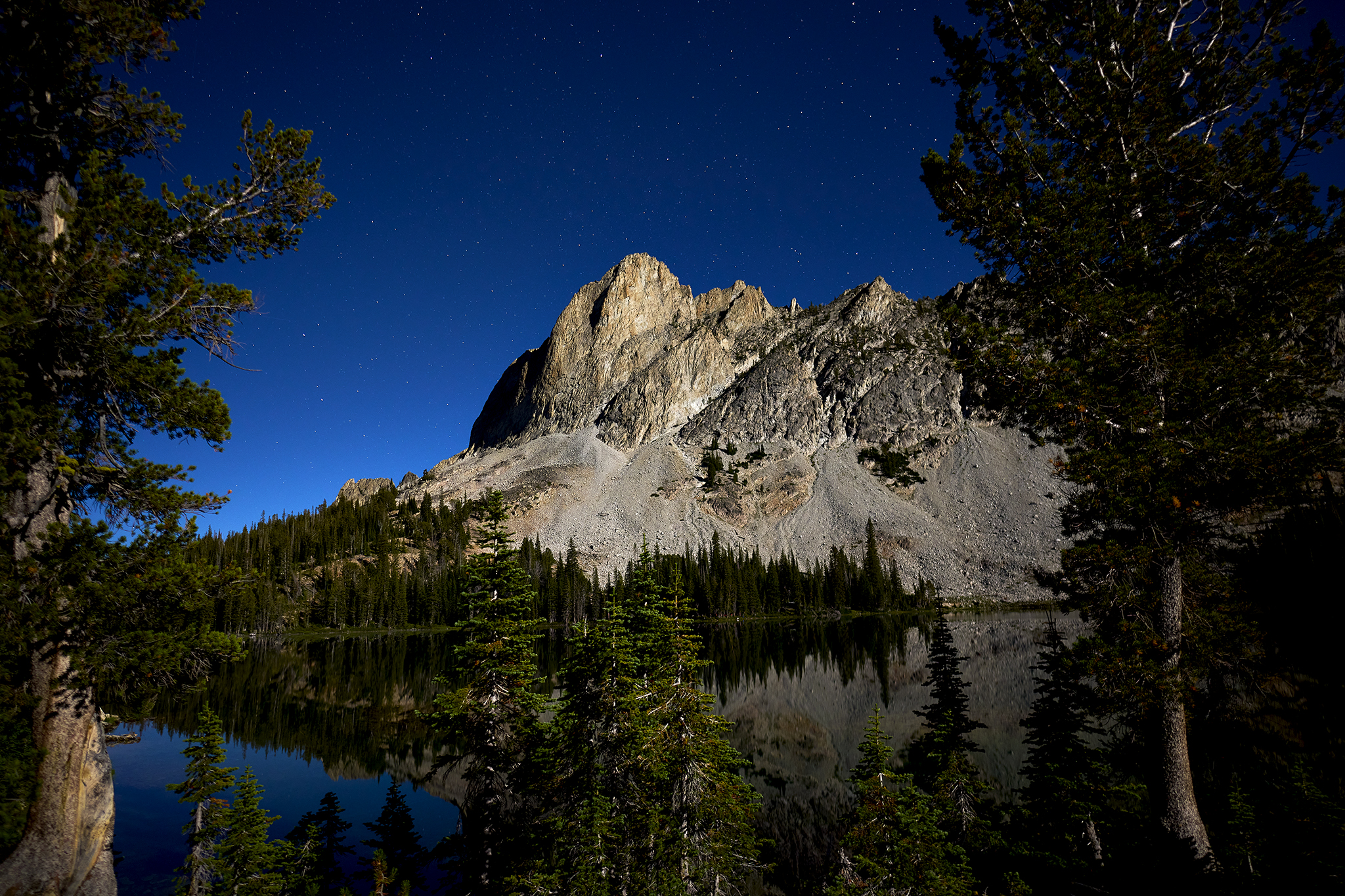
Super Blue Moon Shines on El’ Capitan © Jeffrey H. Lubeck – MESH Art LLC – all rights reserved.
As a Fine Art Landscape and Astro photographer living in the heart of the nations first designated dark sky reserve, I was interested in the implication of a Super Blue Moon on the landscape.
To experience and photograph the event, I chose to do the photo-shoot at an iconic location. Alice Lake and El’ Capitan in the heart of the Sawtooth Wilderness of Idaho. My shooting spot is located 6.57 miles and 1,200+ vertical feet from the Pettit Lake trailhead. The cove on Alice Lake (my spot) is at 8,601 feet above sea-level. The travel route includes 6 water-crossings.
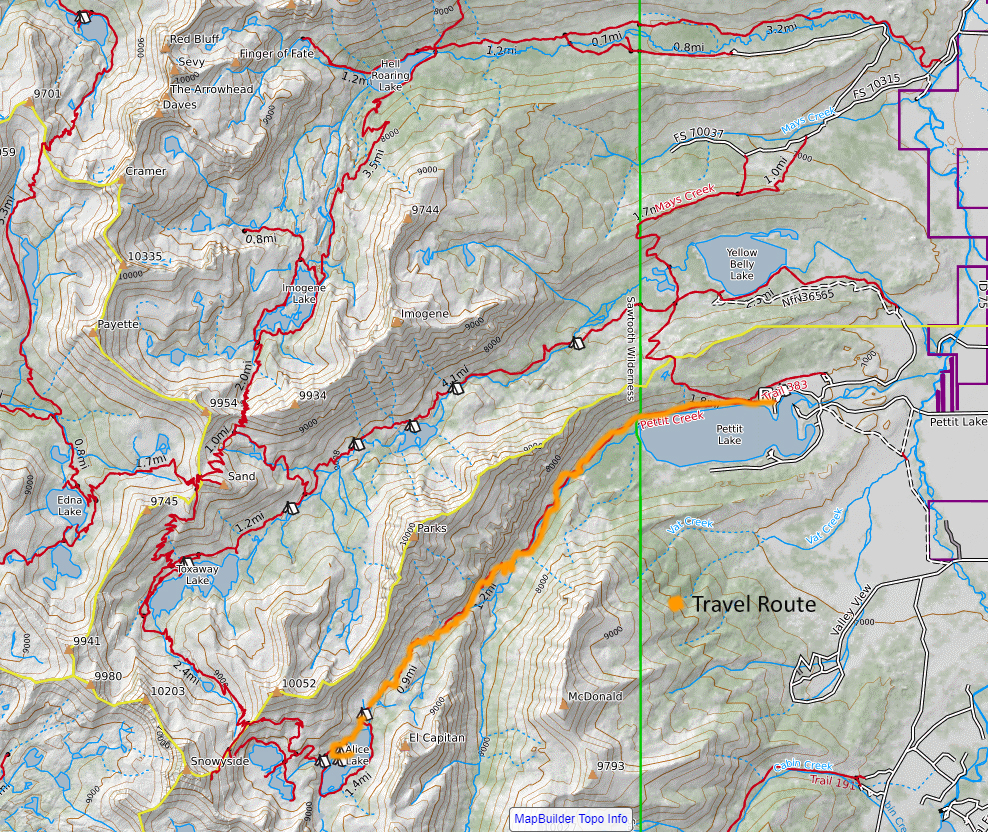
Seeing the photo-shoot is going to be a Landscape and Astro event I bring my PhaseOne IQ-4 and Nikon Z9 gear and lenses with tri-pod and mono-pod. As I am going solo, I pack as light and efficiently as possible. After a couple of reviews for possible reduction, my pack weighs 52.7 lbs. at departure. Ugh!
The bottom-line is the light from the the Super Blue Moon made the surroundings feel as if it was the middle of the afternoon. At its most powerful, the brightness was astounding.
The Shoot
My plan was to capture the impact of light of the Super Blue Moon on Alice Lake and El’ Capitan at its most compelling – visually. I wanted the power of the light on the face of El’ Capitan and capture stars in the background.
It took a number of hours of photographing to find the sweet spot. The photo above is the one I like the most. I decided to capture the light of the moon behind me at the same time (see below) for perspective.
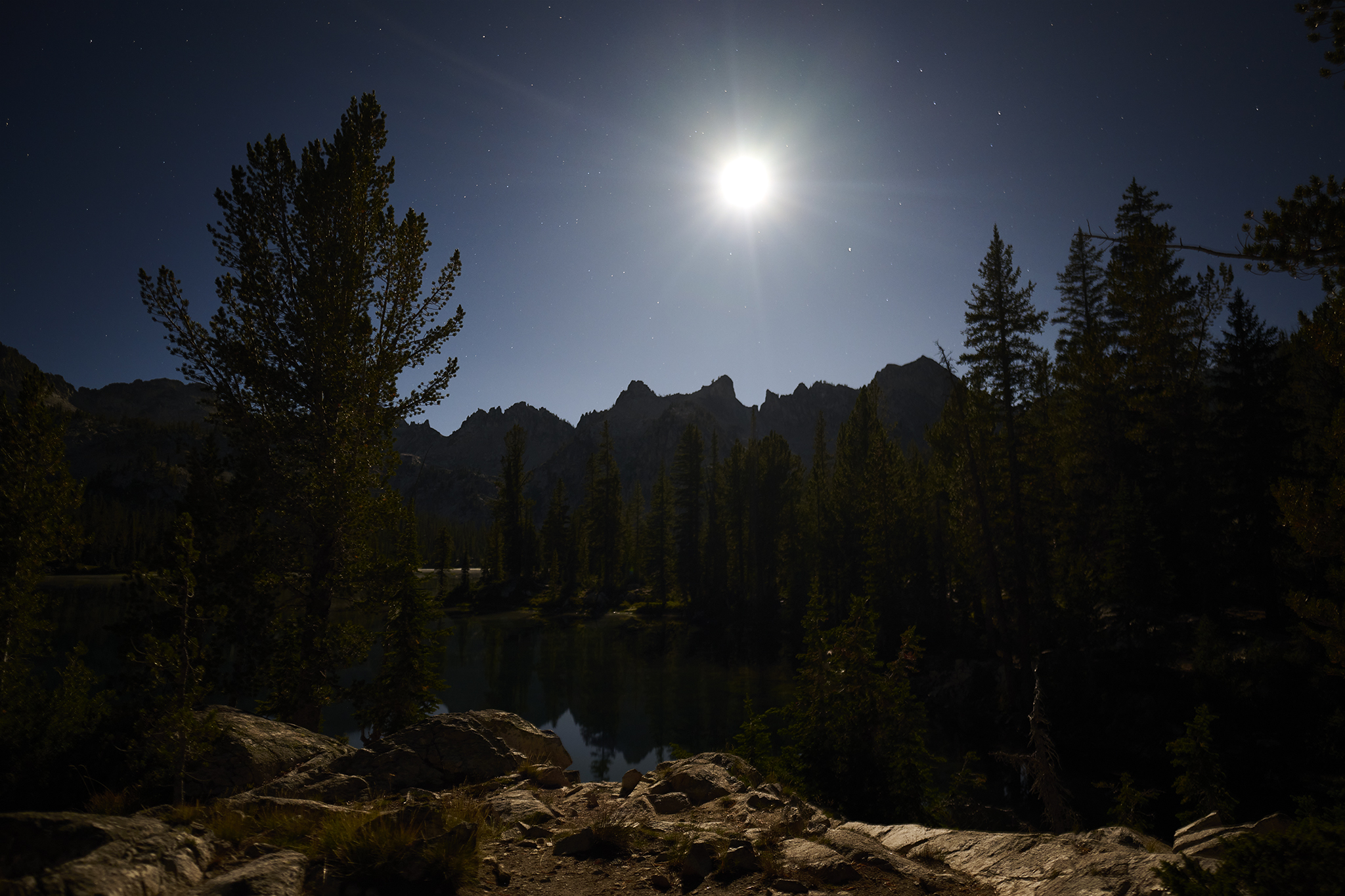
I planned travel such that I could also capture sunset, dawn and sunrise images as well.
Sunset
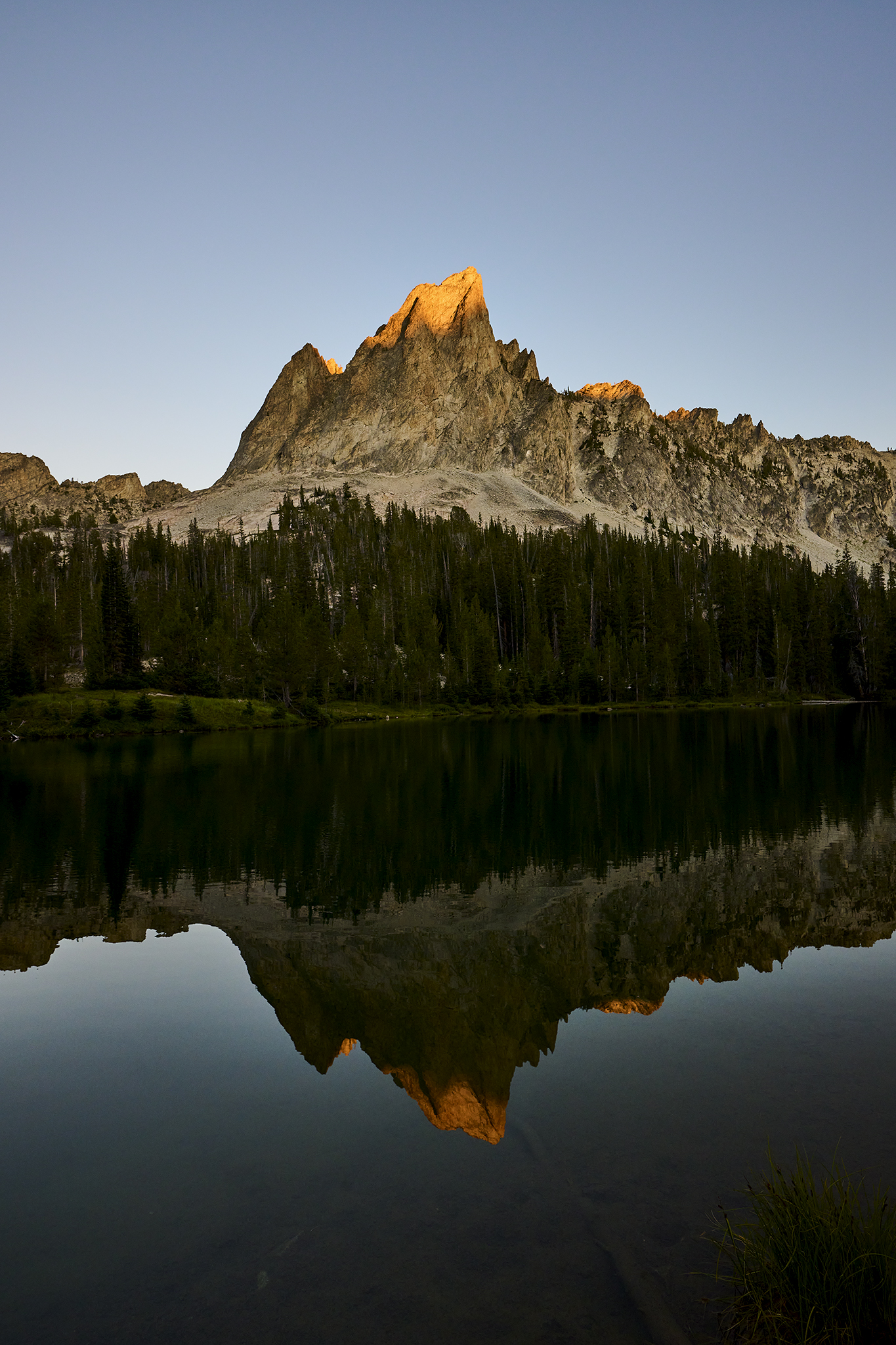
Tip of the Hat to the Sun at El’ Capitan © Copyright Jeffrey H. Lubeck – MESH Art LLC – all rights reserved.
On The Cusp of the Start of Day

El’ Capitan in Silhouette © Copyright Jeffrey H. Lubeck – MESH Art LLC – all rights reserved.
Dawn
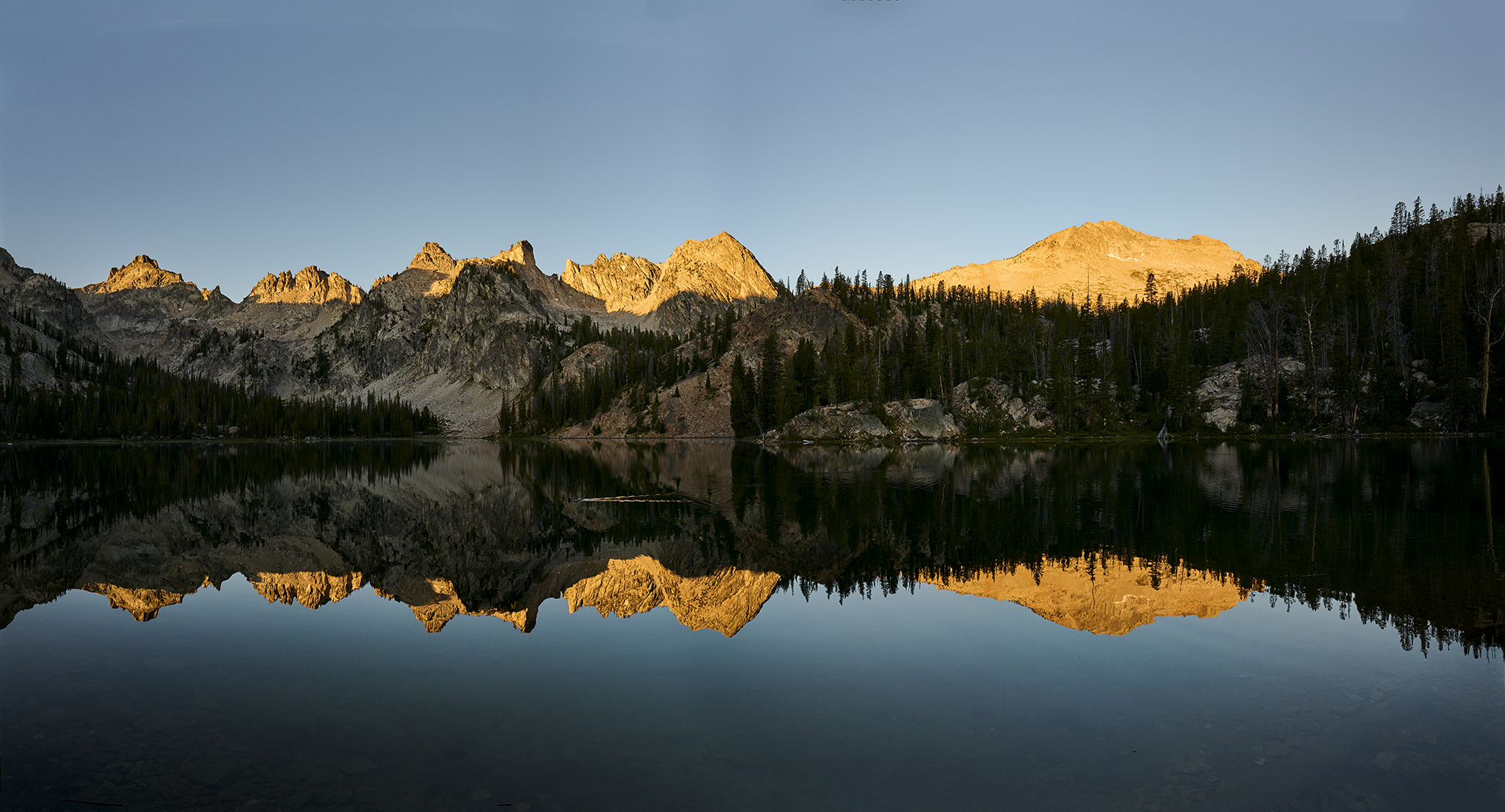
Late Summer Dawn on Alice Lake © Copyright Jeffrey H. Lubeck – MESH Art LLC – all rights reserved.
Sunrise

Sunrise Reflection on Alice Lake © Copyright Jeffrey H. Lubeck – MESH Art LLC – all rights reserved.
*** Jeff’s Thoughts and Other Worthless Trivia ***
The exposure settings to capture the implication of the Super Blue Moon are materially different than my choices for Astrophotography. The Blue Moon images above were captured at: 6 seconds ISO 400 F2.2 4000 Color temperature. In a normal dark sky astrophotography the result would be an image entirely DEEP DARK, BLACK, BLACKER THAN BLACK.
Usually the settings would between 10-15 seconds, ISO 2000-5000, F1.8 – 2.2, and 4000-5000 Color Temperature. for examples:
Night Sky Belt of Milky Way at its Height [here].
Total Eclipse of the Sun [here].
Nice!!